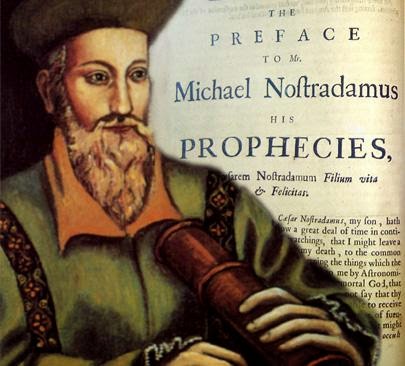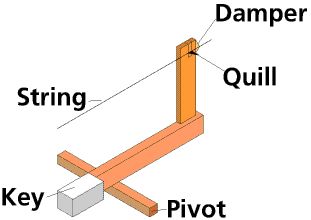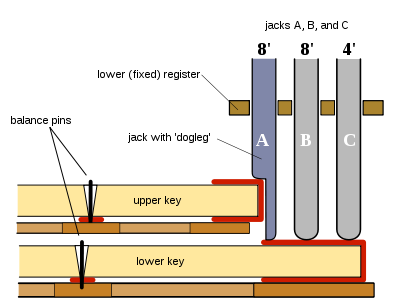Topic: Harpsichord dynamics.
Ok, it's a iberian clavichord, and not a harpsichord, but the action looks very simple and have a welcome dynamics.
https://www.youtube.com/watch?v=xxRv8sNTh1A
Why the simple clavichord have dynamics and harpsichods don't ?
Different actions is the answer... Clavichords are not plucked.
But I wonder why nobody today managed to find a way to give harpsichords some nice dynamics. As far as I know only digital harpsichord have such thing.





